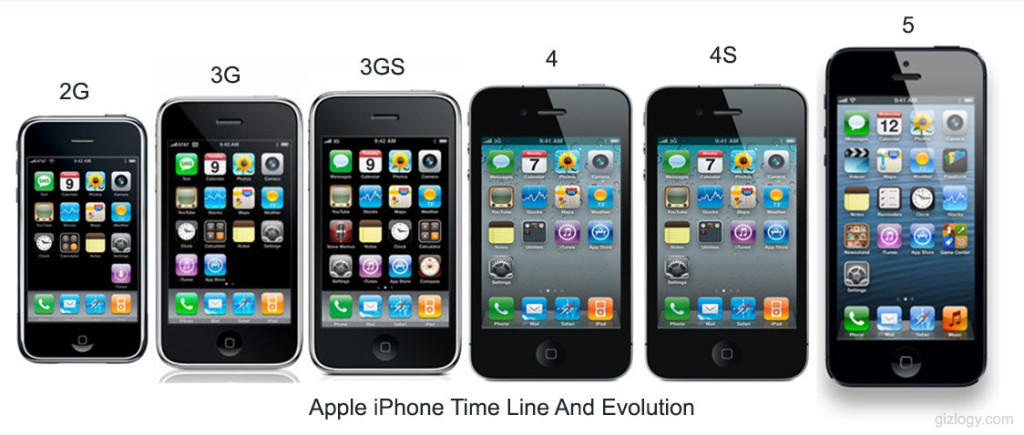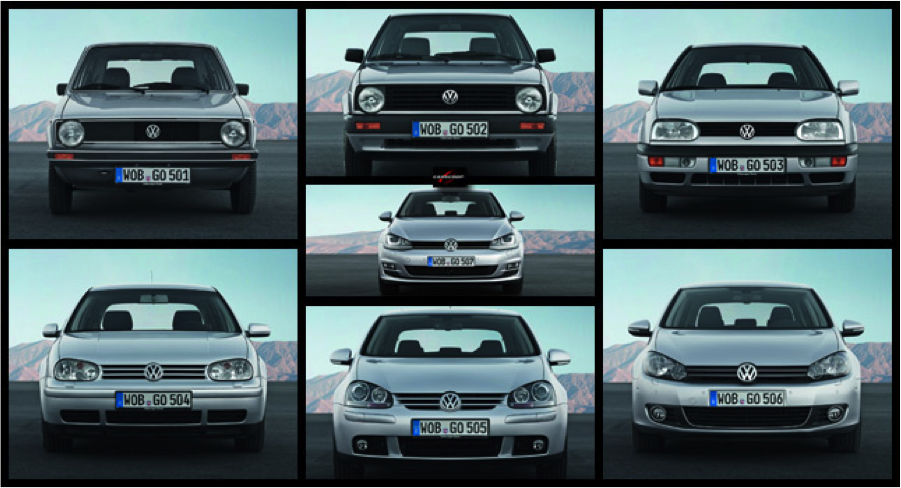Are Cars Designed to Fail (Planned Obsolescence)
What do you expect the fate of a goods manufacturer who makes such durable, attractive and long-lasting products that hardly require replacements to be? Likely, they would find themselves out of business sooner or later because they would have no more customers since everyone having the product would not need/want a replacement. Hmm.. “Are you saying that cars are designed to fail?” Well, to be fair, cars are not necessarily designed to spoil (for this will also spoil their reputation), but cars are designed to become quickly less desirable than newer models. Automakers hope that people keep on buying newer models, not because the older ones are bad, but so that they can gain recurring profit. So, they manufacture automobiles with planned obsolescence. In the words of Brooks Stevens, they instill the consumer the desire to possess a car a little newer, better and sooner than is necessary.
1. PLANNED OBSOLESCENCE DEFINITION

A consult with a dictionary (or Wikipedia if you like) will tell you that in industrial design and economics, planned obsolescence is a strategy of designing a product such that it has a limited lifespan and consequently becomes obsolete after a specific period. Obsolete can either mean no longer functional or unfashionable by current standards. When this strategy is carefully planned and executed, the time between repeat purchases of a product reduces, and the result is increased long-term sales.
2. PLANNED OBSOLESCENCE HISTORY IN THE AUTO INDUSTRY

Planned obsolescence in cars can be traced back to 1924 when the president of General Motors, Alfred P. Sloan Jr., decided that his company needed annual design changes for vehicles manufactured to encourage consumers to get new replacements yearly. Although Mr. Sloan described it as dynamic obsolescence, critics were quick to point out that it was planned obsolescence. The strategy worked marvelously for the company, as it soon became the dominant force in the industry. The rest of the auto industry grudgingly followed suit, & the smaller automakers who couldn’t maintain the expense of yearly redesigns phased out.
3. TYPES OF PLANNED OBSOLESCENCE IN CARS

Over the ages, automakers have perfected the art of instilling planned obsolescence in their automobiles. The level of competition is on the rise, and newer technologies, innovations and new engineering techniques can produce cars that will last a lifetime. Manufacturers must be careful not to design themselves to oblivion, for if consumers catch on their planned obsolescence strategies, they may find themselves without any customers. What do they do? They design smarter and hide their strategies in plain view. 2 of these strategies used are listed below.
a) Constant restyling
this is where the manufacturers have the consumers totally manipulated. They will sell you a certain year’s model and tell you how good it is, its features and all. Then in a few months, they redesign the same car to look slightly better, have a better interior, have more features and even tweak the engine a bit. As a consumer, your “old car” is no longer “fashionable” and hence you develop a need, a desire to own the newer model. The best part is, technology has made it that seemingly complicated systems and components get better, smaller and cheaper as time passes. That is planned obsolescence to make your product unfashionable or undesirable.
b) Making spare parts rare
You wake up one day and decide to take your car to the dealership for a seemingly simple repair only to be told the spare part you want is no longer in stock and the manufacturer ceased its production indefinitely. The implicit message they hope you received is that planning for a new car may be a better, cheaper option than hunting for rare, limited parts.
4. VERDICT

Planned obsolescence can certainly ire consumers, but being aware of this tactic can protect you from unnecessary changing your car on impulse. Do your research and carefully, logically think through whether the newer parts/ features are worth the switch. As a counterpoint, planned obsolescence is important. Without it, there would be little incentive and effort to improve and innovate. Planned obsolescence in the automotive industry revolves around styling and constant improvements, and hence we are given the option of continuously better cars. Planned obsolescence is a necessary evil.
What’s your take? Are cars designed to fail?




